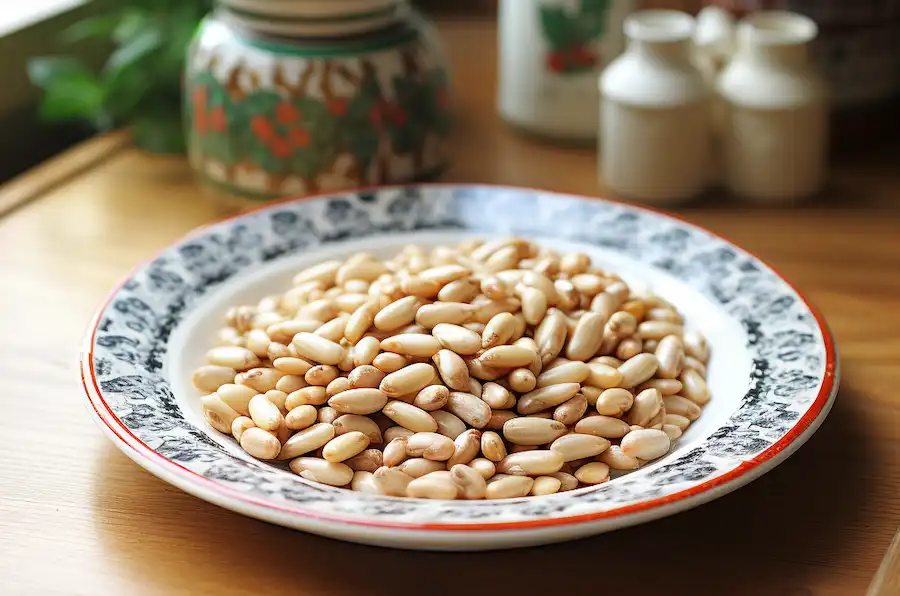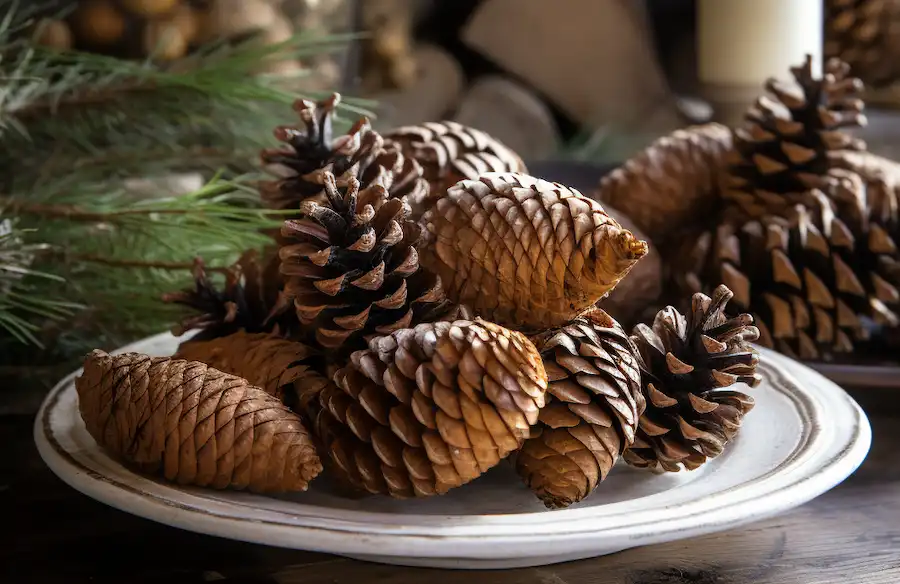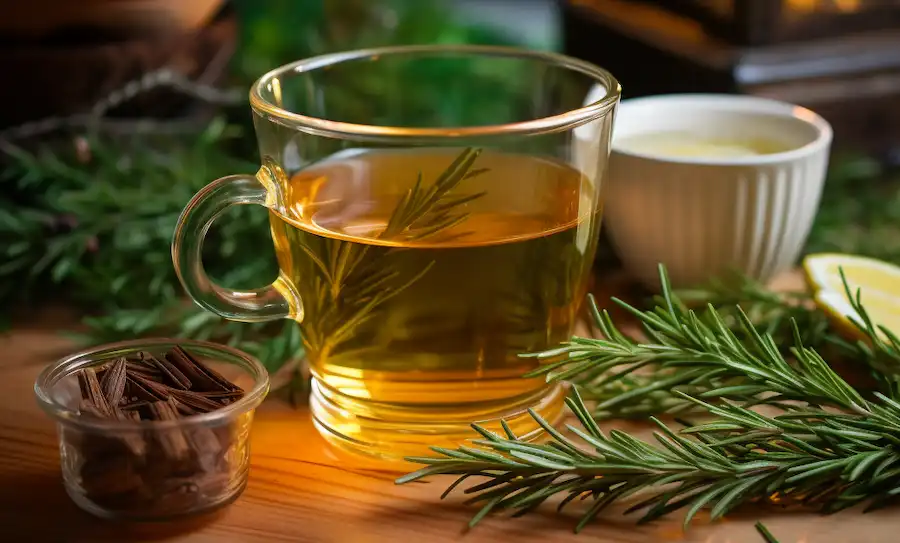How to Eat a Pine Tree: Discovering the Edible Treasures of Every Part
Pine trees, known for their majestic presence in forests and landscapes, harbor a lesser-known secret: nearly every part of them is edible. This comprehensive guide explores the various edible parts of a pine tree and offers insight into how to prepare and consume them.
1. Pine Nuts (Piñón)

Pine nuts, the most obvious edible part of the pine tree, are used in a variety of dishes, both savory and sweet. While all pine species have edible seeds, only about 20 species produce large nuts that are worth harvesting. These nuts are particularly known for their buttery flavor and are commonly used in dishes like pesto and cookies.
2. Pine Needles
Pine needles are incredibly versatile and can be used to make a nutritious tea, offering a spicy kick to both savory and sweet recipes. Rich in vitamin C, pine needles are also known for their medicinal properties. They can be used in salves for skincare, added to homemade bath salts, and even in a hair rinse for dandruff treatment.
3. Pine Pollen
Pine pollen, often seen as a yellow powder covering surfaces in spring, is a valuable edible part of the pine tree. It can be used as a flour substitute in recipes, replacing up to 1/4 of the total flour amount. Pine pollen is also gaining popularity in the health food market for its nutritional benefits.
4. Pine Bark
Harvesting pine bark should be done ethically, as it can damage the tree. The inner bark is a rich source of vitamin C and has been used as food historically. The outer bark, while not rich in calories, contains tannins and can be ground into flour to extend the shelf life of bread and crackers. Pine bark flour has approximately 1/4 of the calories of wheat flour but is a significant source of vitamins.
5. Pine Resin
Pine resin, collected from wounds on the tree, has medicinal uses both internally and externally. Externally, it can be made into a salve for skin rashes and cuts. Internally, it has been used as a gum for mouth complaints and sore throats, and a tea made from pine resin is said to be beneficial for arthritis.
6. Pine Cones

Contrary to popular belief, pine cones are edible. They have historically been used as a food source, with the cones being ground into a powder and mixed with fat. Pine cones can also add flavor to dishes, such as in traditional Mongolian BBQ where mutton is smoked over pine cones.
Storing Pine Parts
- Fresh pine needles do not store well, but pine nuts can be stored in airtight containers.
- Pine resin can be collected in the colder months and stored in glass jars, often used in infusions or tinctures.
Creative Uses of Pine Parts
- Herbal Tea: Pine needles can be used for hot or cold infusions, providing benefits for the respiratory system and boosting the immune system.
- Tincture: Pine needles and resins can be tinctured for use as a medicinal liniment or to relieve coughs and lung congestion.
- Infused Vinegar: Pine needles create a flavorful vinegar that can be used for medicinal purposes or as a salad dressing ingredient.
- Pine Salve: Resin can be added to oils to create a salve, useful as a chest rub.
- Hydrosol: Pine needles can be used to make a hydrosol, a spray to freshen the air.
- Herbal Syrup: Pine needles can be used to make a syrup, beginning with a hot or cold water infusion.
- Powdered Pine: Resin and dried needles can be powdered for use in poultices, compresses, or tinctures.
- Incense: Pine resin or needles can be used to make incense, a practice with a global historical significance.
- Electuaries: Pine needle powder can be mixed with honey or almond butter to create sweet pastes or candies.

The pine tree, often admired for its beauty and resilience, offers a wealth of edible and medicinal parts. From the nutritious pine nuts to the versatile needles and the medicinal resin, every part of the pine tree can be utilized. This guide serves as an introduction to the diverse and sustainable use of pine trees, highlighting their role beyond the forest and into our kitchens and medicine cabinets.



















